Rhodo: is this normal? What can I do?
robo (z6a)
10 years ago
Related Stories
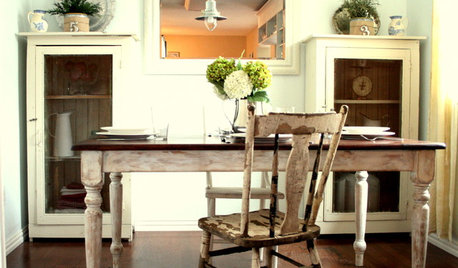
HOUZZ TOURSHouzz Tour: Making 'Normal' Beautiful for Less
Ingenuity, elbow grease and bargain hunting result in a light and lovely beach cottage style
Full Story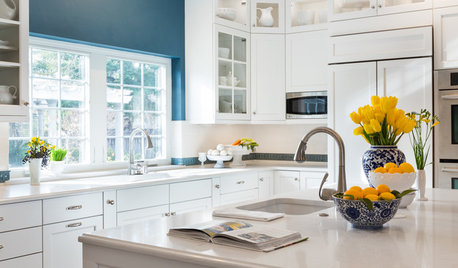
SELLING YOUR HOUSE9 Tips for Living a (Semi-)Normal Life While Your Home Is Being Shown
Preparation, routine and treats help you make the house you’re selling presentable at a moment’s notice
Full Story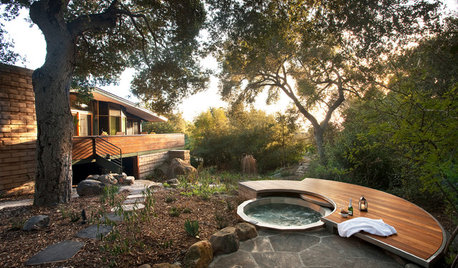
INSIDE HOUZZData Watch: Houzz Renovation Barometer Shows a Return to Normal
The majority of home renovation professionals report that business activity has returned to pre-recession levels, though challenges remain
Full Story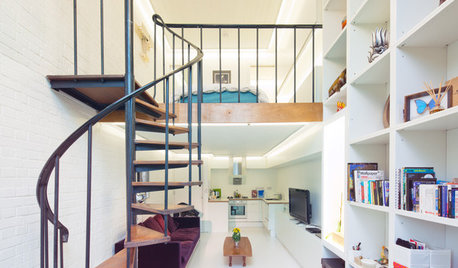
REMODELING GUIDESAsk an Architect: How Can I Carve Out a New Room Without Adding On?
When it comes to creating extra room, a mezzanine or loft level can be your best friend
Full Story
LIFEThe Polite House: How Can I Kindly Get Party Guests to Use Coasters?
Here’s how to handle the age-old entertaining conundrum to protect your furniture — and friendships
Full Story
THE POLITE HOUSEThe Polite House: Can I Put a Remodel Project on Our Wedding Registry?
Find out how to ask guests for less traditional wedding gifts
Full Story
LIFEThe Polite House: How Can I Tell a Construction Crew to Pipe Down?
If workers around your home are doing things that bother you, there’s a diplomatic way to approach them
Full Story
HOUSEKEEPINGCan-Do Cleaning Strategies for Busy People
While you dream of having a maid (to go with the cook and chauffer), this simplified cleaning routine can keep your real-world home tidy
Full Story
INSPIRING GARDENSWhat We Can Learn From Longwood Gardens’ New Meadow
Sustainability, ecology, native plant communities ... this public garden is brimming with lessons on horticulture for home gardeners
Full StorySponsored






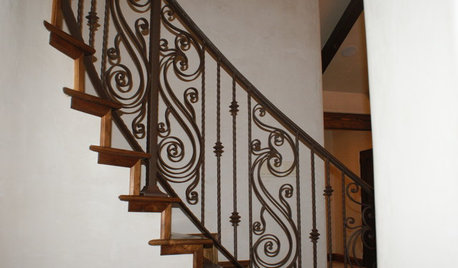
robo (z6a)Original Author
ericwi
Related Professionals
Allen Landscape Architects & Landscape Designers · New Bedford Landscape Architects & Landscape Designers · Wrentham Landscape Architects & Landscape Designers · Brentwood Landscape Architects & Landscape Designers · Hyattsville Landscape Architects & Landscape Designers · Canton Landscape Contractors · Bainbridge Island Landscape Contractors · Hurricane Landscape Contractors · La Mirada Landscape Contractors · Milton Landscape Contractors · Peoria Landscape Contractors · River Ridge Landscape Contractors · Uxbridge Landscape Contractors · Watertown Landscape Contractors · East Cleveland Gardeners & Lawn Careakamainegrower
robo (z6a)Original Author
rhodyman
robo (z6a)Original Author